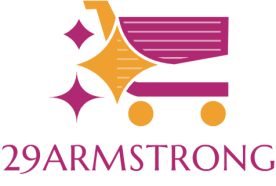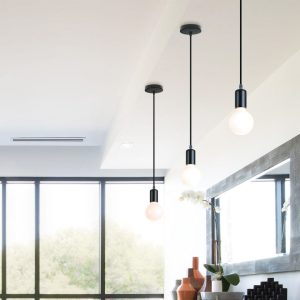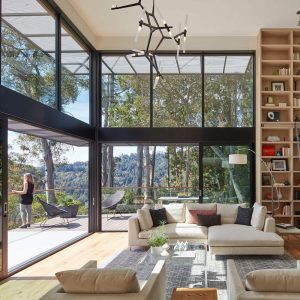
How to Make Your Kitchen Social
Kitchen Social is a social enterprise, operating interactive cooking programmes for young people on the autism spectrum and neurodivergent community. The 10 week program encourages participants to plan, shop, cook and socialise in a safe environment Broama.
The kitchen is the chameleon of the home, becoming whatever homeowners and families need it to be: the centre of a party or a friendly gathering, the workspace for completing work or school-related tasks, or the dining room. As such, it’s important that the design of this space is flexible and caters to the diverse needs of its inhabitants.
While traditional kitchens are often closed off and designed for just two functions, contemporary designs take a different approach and open up this area to the rest of the home. By doing so, they create a social kitchen that allows family members to move freely between spaces and participate in the events that occur outside each area.
One of the easiest ways to transform your kitchen into a social zone is by adding an island or breakfast bar. This provides a convenient work surface for the chef of the household while also offering an informal seating area where guests can enjoy drinks and snacks while food is being prepared.
Another way to make your kitchen more social is by creating a separate dining zone away from the main working area. This is a great place to set up a custom table and chairs that can be used for family meals or casual chats. Having a dedicated eating space is also beneficial for children’s learning, as it promotes social skills such as turn-taking, communication and sharing.
Lastly, you can improve your social kitchen by optimizing storage. Instead of stacked cabinets, choose a more organized layout that incorporates pull-out drawers and other organizational features. This will help keep your space clean and free of clutter, making it more welcoming for everyone to use.
In addition to enhancing the kitchen’s functionality, social kitchens should be well-lit. Choose lighter cabinet colors to reflect more light and make the space feel larger. Also, opt for pendant lights that are more decorative than recessed ones to add an aesthetic element to the space.
The present review of research on CK has shown that they may contribute to positive health outcomes by increasing the diversity of fruit and vegetable purchases(Reference Engler-Stringer and Berenbaum4) and providing opportunities to socialise(Reference Spence and van Teijlingen18). However, in order for CK to improve nutritional health and promote a healthy lifestyle, they need to be well-designed, voluntary and participatory. Moreover, they must be accessible to people with a wide range of socio-economic backgrounds and include support services for participants who are not in paid employment. This will ensure that CK can be sustainable for the long term.


